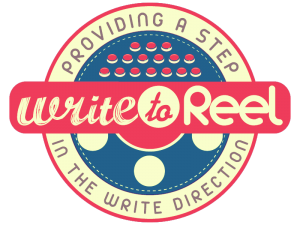An excerpt from my script review for Nosferatu which will be available 02/10/25:
5.) Format
When setting out as an amateur screenwriter it’s important to know the difference between a spec script (meaning speculative, as in there’s not a studio or producer attached yet) and a shooting script.
The latter is for a project in production and contains more detail for cast and crew to refer to.
For instance, before we even get to the story we’re presented with a “cast of players” and the setting.
If you include this in a spec script will you instantly be cast aside? No.
However, what it may signal to a professional reader is that you’re not a good enough writer to make all these characters stand out enough on their own as the story naturally unfolds.
What your second page (the title page being page one) should signify to a reader is that they’re in good hands, even if your particular story isn’t for them.
Another issue, mentioned in the previous section, was the “side by side” dialogue entries.
It happened multiple times in this script, but is a technique that should be used rarely, if at all.
What it represents is characters talking over one another and at the same time, often shouting.
Too often however, and in a few spots in this particular script, it’s meant to show characters interrupting one another.
Implementing “side by side” is incorrect for this, instead what you want is…
HANK
I’m using “side by side” dialogue
for characters to interrupt each—
3WAY
But that’s incorrect!
For interrupting, you type out the first entry as you would normally, but have the character be cut off with the double dashes ( — ) followed by the character interrupting them.
Using the “side by side” technique is laborious, both in the settings of your screenwriting software and on the reader’s brain trying to decipher what is going on.
So again, use it sparingly if at all.
Continuing along our “spec script” discussion, remember to leave out audio queues, songs, etc.
For example, page 4:
AUDIO: Music builds to a horrific, blistering orchestral
climax that would bring Beethoven to his knees in torment.
As cool as that may sound, this is a detail left for a script that is actually in production.
The only time you should add a note about audio/music is where it connects directly with the plot.
My favorite example is a detective who hears a song playing right before he arrives at the scene of a murder, narrowly missing the villain. The next day he’s in a diner and the customer next to him whistles the melody from said song.
In this case, the audio reference could tie the patron to the murder, and isn’t just an excuse to show a reader how cool your musical tastes are.
Lastly, and it seems to be the new norm with these FYC scripts, there were too many “mostly blank” pages in this script.
Similar to proofreading, you should be going back and editing your script so everything is as tight and correct as you can make it.
There’s really no excuse not to other than laziness.
Want EARLY access to our videos, uploads, and movie/script reviews? Members get them FIRST! Follow this link to our Discussion Forum.





